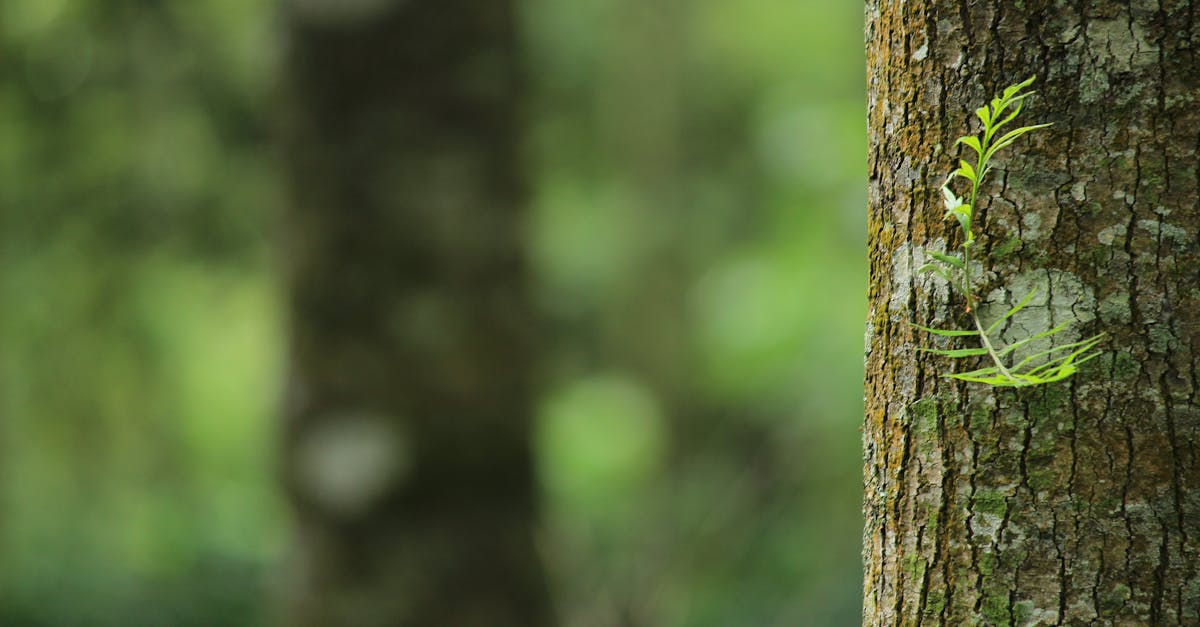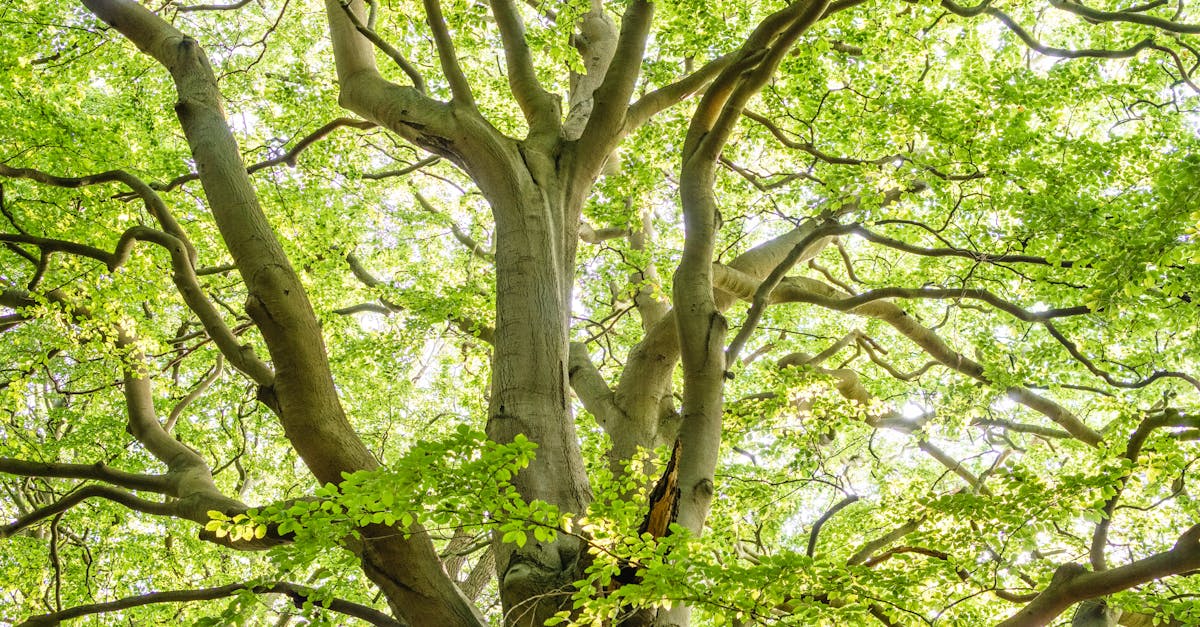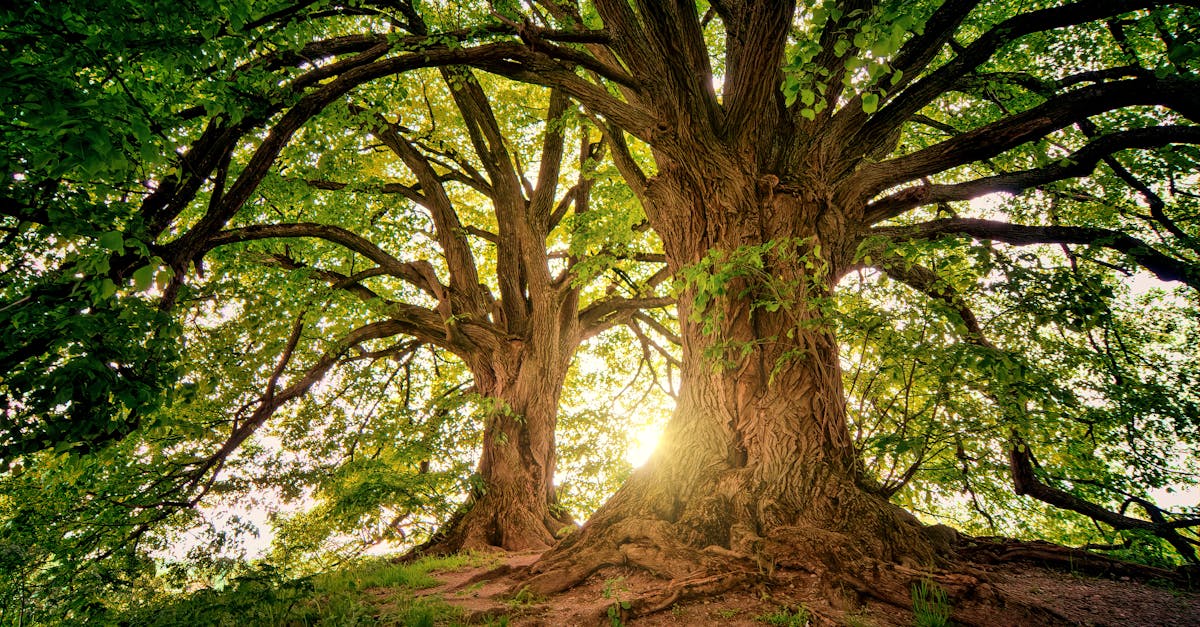
Tree Pruning and Trimming
At Diana Tree Services, we specialize in providing expert tree pruning and trimming services to keep your trees healthy, beautiful, and safe. Our skilled arborists use the latest techniques and equipment to carefully trim away dead or overgrown branches, improving the overall appearance of your trees and promoting healthy growth. Whether you have a small residential tree or a larger commercial property with multiple trees, our team has the experience and knowledge to handle any pruning or trimming job with precision and care. Trust Diana Tree Services to enhance the beauty and health of your trees with our professional pruning and trimming services.
Understanding Tree Growth Patterns
Understanding tree growth patterns is essential for effective tree pruning and trimming practices. Trees exhibit unique growth patterns influenced by various factors such as sunlight availability, pests, diseases, and the overall health of the tree. By observing the growth patterns, tree service professionals can determine the best course of action to promote optimal tree health and growth.
One key aspect of tree growth patterns is the development of the canopy and trunk. Pruning plays a crucial role in managing the canopy density and ensuring adequate sunlight penetration for the tree. Additionally, understanding the growth patterns of branches and the crown helps in identifying potential risks such as weak or overgrown limbs that could pose hazards. By recognizing these growth patterns, arborists can execute targeted pruning techniques to enhance the tree's structural integrity and overall well-being.
How Pruning Affects Tree Health
Pruning plays a crucial role in maintaining the health and vitality of trees. By removing dead or diseased branches, trees are able to allocate resources more efficiently to promote new growth and overall well-being. Regular pruning also helps improve air circulation within the tree canopy, reducing the risk of fungal infections and other diseases that can harm the tree.
Moreover, proper pruning techniques can prevent structural issues within the tree, such as weak or crossing branches. By selectively removing certain branches, the tree's overall structure can be strengthened, reducing the likelihood of damage during storms or heavy snowfall. Pruning also encourages the development of strong scaffold branches that can support the weight of leaves, fruits, and flowers, promoting longevity and stability in the tree's growth.
Tools for Tree Pruning
When it comes to tree pruning, having the right tools can make a significant difference in the outcome. One of the most essential tools for tree pruning is pruning shears. These handheld tools come in various sizes and designs to accommodate different branches' thickness and cutting purposes. They provide precision cuts and are ideal for shaping small to medium-sized branches. Clippers are another vital tool for tree pruning, especially for removing dead or overgrown branches. They are smaller and lighter than pruning shears, making them suitable for detailed trimming work.
For larger branches or heavier pruning tasks, using loppers is recommended. Loppers have longer handles and more leverage, allowing you to cut through thicker branches with more force and ease. Pole pruners are useful for reaching higher branches without the need for a ladder, improving safety and efficiency. These tools consist of a pruning saw or pruning shear attached to a long pole that can be extended to different lengths. Power tools such as chainsaws and hedge trimmers are often used for more extensive pruning jobs or to tackle tougher branches. However, they require experience and caution to operate safely and effectively.
Essential Equipment for Proper Trimming
Essential equipment is crucial for ensuring that tree trimming is done effectively and safely. One key tool for proper trimming is the chain saw, which is essential for cutting through thicker branches with ease. Electric trimmers are also useful for smaller jobs and can provide precision when shaping the tree's foliage.
In addition to the basic tools, having the right safety equipment is vital. Arborists often use climbing gear such as harnesses and ropes to access hard-to-reach areas of the tree canopy safely. Gloves and eye protection are also essential to protect against cuts and debris. Furthermore, having a sturdy ladder helps reach higher branches comfortably and ensures stability while working at height. Proper equipment not only makes trimming more efficient but also minimizes the risks associated with tree maintenance.
Tree Pruning for Aesthetic Purposes
Tree pruning for aesthetic purposes is a common practice among homeowners, businesses, and municipalities aiming to enhance the overall appearance of their landscapes. Pruning not only improves the visual appeal of trees but also promotes their health and longevity. By selectively removing branches that may be crossing, rubbing, or growing in an undesirable direction, trees can develop a more balanced and attractive form. This process allows for better light penetration and air circulation within the canopy, resulting in healthier tree growth and foliage density.
Additionally, aesthetic pruning can help manage the size and shape of trees to complement the surrounding landscape and structures. Careful shaping of the tree canopy can create a visually pleasing silhouette, improve the view from windows, and increase curb appeal. Proper pruning techniques can also address specific aesthetic concerns, such as removing dead or diseased branches, reducing overall tree density for a more open appearance, or even creating ornamental shapes to suit personal preferences. By understanding the principles of aesthetic pruning and using the right tools and expertise, individuals can achieve beautifully manicured trees that enhance the overall beauty of their outdoor spaces.
Enhancing Landscape Beauty Through Pruning
Pruning trees goes beyond just maintaining their health and structural integrity; it can also significantly enhance the overall beauty of a landscape. By strategically trimming branches and shaping tree canopies, a skilled arborist can create visually appealing focal points in a garden or yard. Proper pruning can highlight a tree's natural form and features, drawing attention to its unique characteristics and improving the aesthetic appeal of the surrounding area. Whether it's shaping a tree for symmetry or removing overgrown branches to allow more light to filter through, pruning with the goal of enhancing landscape beauty requires artistry and knowledge of tree species and growth habits.
When done thoughtfully, pruning not only enhances the visual appeal of trees but also contributes to the overall health and longevity of the plants. By removing dead or diseased branches, a pruned tree can allocate its resources more efficiently, focusing on supporting healthy growth and development. Additionally, shaping the canopy can improve airflow and sunlight exposure, promoting better photosynthesis and nutrient absorption. In the end, by incorporating aesthetic considerations into the pruning process, tree care professionals can transform ordinary landscapes into stunning outdoor spaces that delight the senses and uplift the spirits of those who encounter them.
FAQS
Why is tree pruning important?
Tree pruning is important for maintaining the health and appearance of trees. It helps in removing dead or diseased branches, promoting new growth, and shaping the tree to improve its structure.
When is the best time to prune trees?
The best time to prune trees is typically during the dormant season in late winter or early spring. However, some trees may require pruning at specific times depending on their species and growth patterns.
What are the common tools used for tree pruning?
Common tools used for tree pruning include pruning shears, loppers, pruning saws, and pole pruners. These tools help in making precise cuts and reaching branches at different heights.
How does pruning affect tree health?
Pruning can have positive effects on tree health by removing diseased or damaged branches, improving air circulation and sunlight exposure, and reducing the risk of pests and diseases.
Can tree pruning enhance the beauty of a landscape?
Yes, tree pruning can enhance the beauty of a landscape by shaping trees to improve their appearance, creating a more aesthetically pleasing environment, and promoting healthy growth patterns.


